Up Next

With seven races remaining and a 44-point gap to Lewis Hamilton, Valtteri Bottas can look to history for proof his title aspirations aren’t entirely rooted in fiction.
If he does need a boost, he can find a handful of historic cases when similar, or larger, deficits have been overturned.
That 44-point gap at least puts him within two unanswered wins of the top of the championship, so right now he will be telling himself that if Hamilton has a disaster at the Nurburgring, that gap could drop to 19 points and then all bets are off.
The past onfirms the odds are heavily weighted against him, but there are precedents he can draw hope from.
The biggest title-winning comeback in F1 history was the one staged by James Hunt in 1976. He was 35 points behind Niki Lauda after the Swedish Grand Prix and turned that around over the remaining nine races to take the title by one point at Fuji.
Adjusting for the change in scoring system (nine points for a win then, 25 now and disregarding the point for fastest lap given it’s so race-situation dependent and therefore can’t be relied on), that’s a gap of 97 points in today’s money.
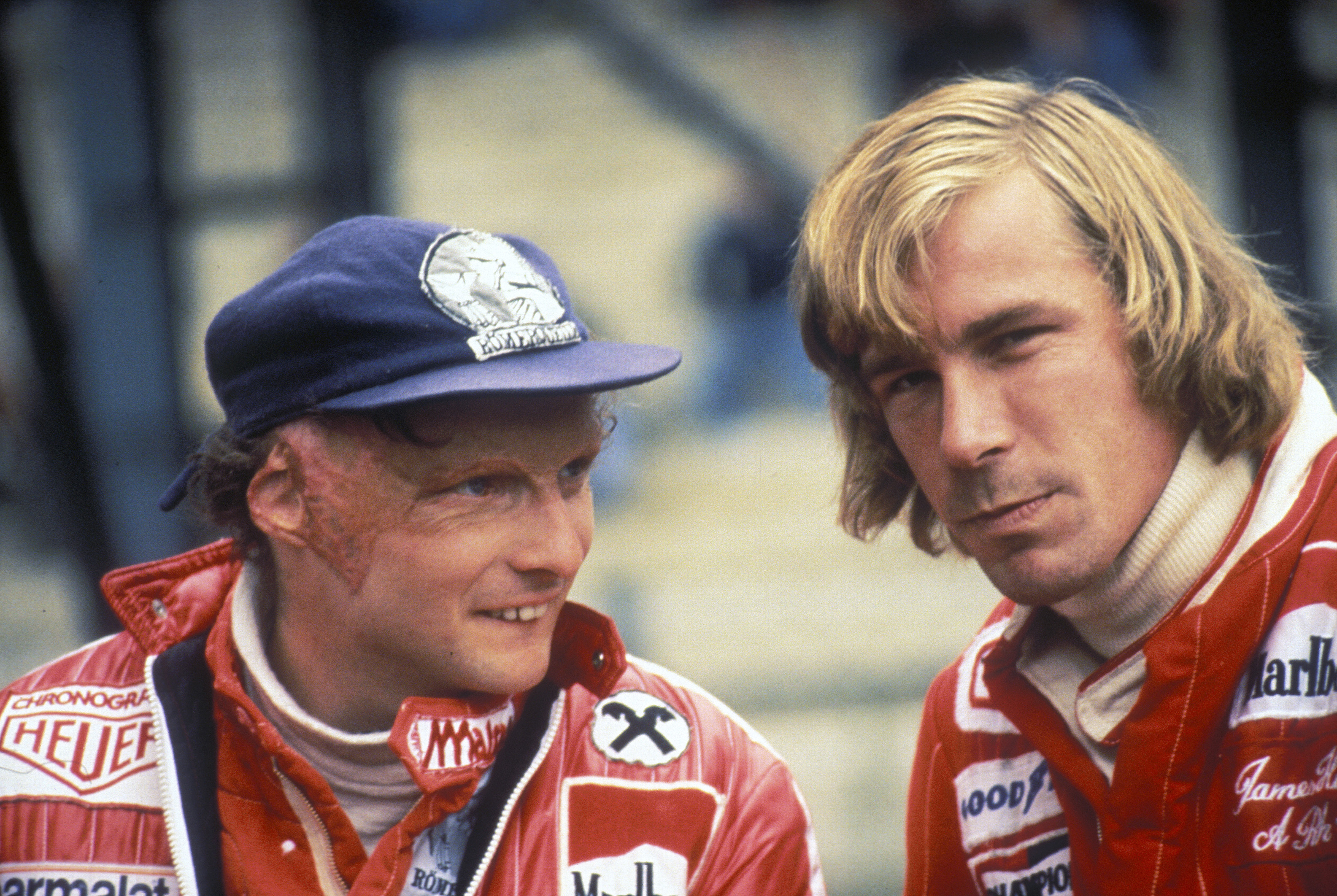
All that most extreme case tells Bottas is that ‘anything can happen’ given it was a result of the freak occurrence of Lauda missing two races after his life-threatening crash at the Nurburging.
But in 21st century grand prix racing it’s meaningless given the chances of Hamilton being injured are, thankfully, vanishingly small and Bottas will not be hoping for anything of the sort.
More recently, Kimi Raikkonen staged the second biggest fightback by closing a gap that peaked at 26 points (equivalent to 65 today) in 2007 – although even more remarkable was that he was 17 points behind with two races remaining.
Hamilton’s pit entry crash in China and mechanical problem in Brazil, combined with the Ferrari driver’s wins, turned the tables. At least for Bottas, this is evidence that even in a small number of races the pendulum can swing in your favour through freak circumstances.
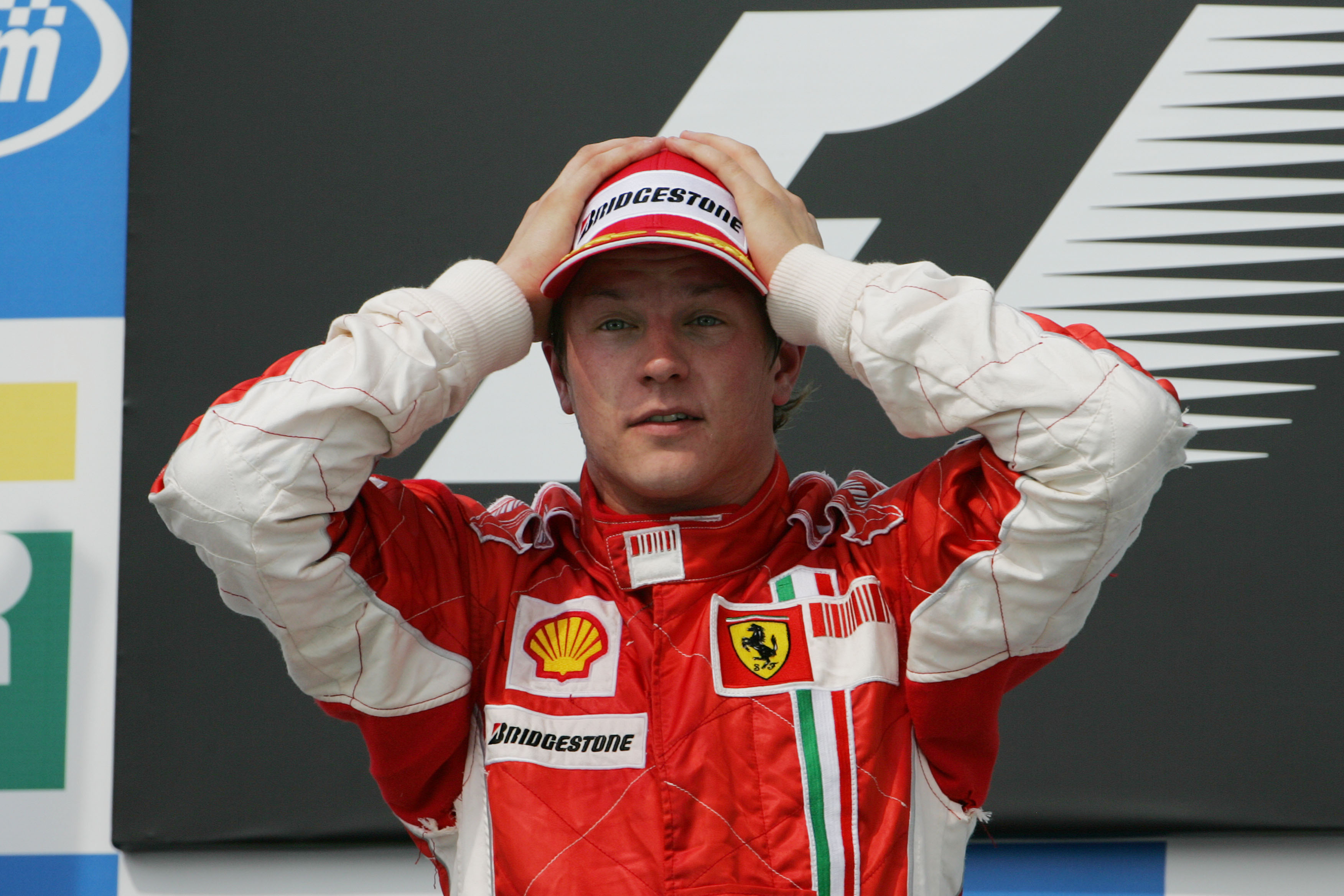
John Surtees overturned a deficit of 20 points (55.5 today) to Jim Clark in 1964 in the five races that followed the British Grand Prix.
This was thanks to the improvement of the Ferrari 158 Surtees had been the driving force behind, combined with the fragility of the new Lotus 33 Clark used in four of the final five races.
Given he has car parity with Hamilton, there’s little hope for Bottas from this one as they should both have similar performance potential and reliability.
But the 1988 season does provide some possible inspiration. Then, Ayrton Senna overturned an 18-point deficit to McLaren team-mate Alain Prost – the equivalent of 50 today. But that was after the fourth race of the season in Mexico, so there were another 12 races to go.
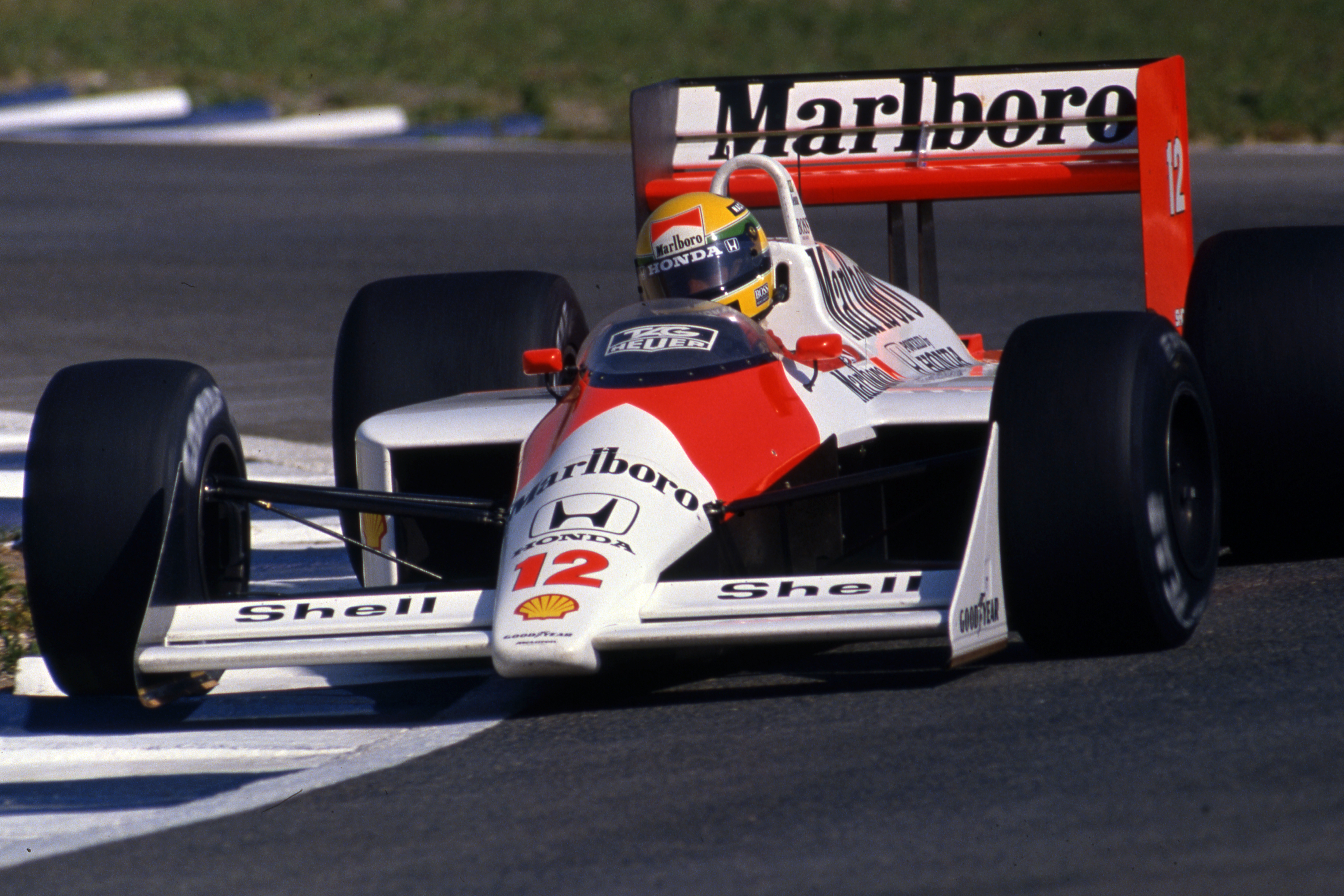
Then, Senna was new at McLaren and had two retirements in the first two races – one his famous crash out of the lead at Monaco. That at least reminds Bottas that even the greatest make mistakes, but in that case this was two world championship calibre drivers who went on to take seven titles between them. Bottas and Hamilton could well have seven between them by the end of 2020, but the split would be entirely lopsided.
Ferrari’s Jody Scheckter was 17 points behind Ligier driver Jacques Laffite (47 today) early in the 1979 season. But the introduction of the Ferrari 312 T4 turned the tables and made Scheckter and team-mate Gilles Villeneuve the dominant forces.
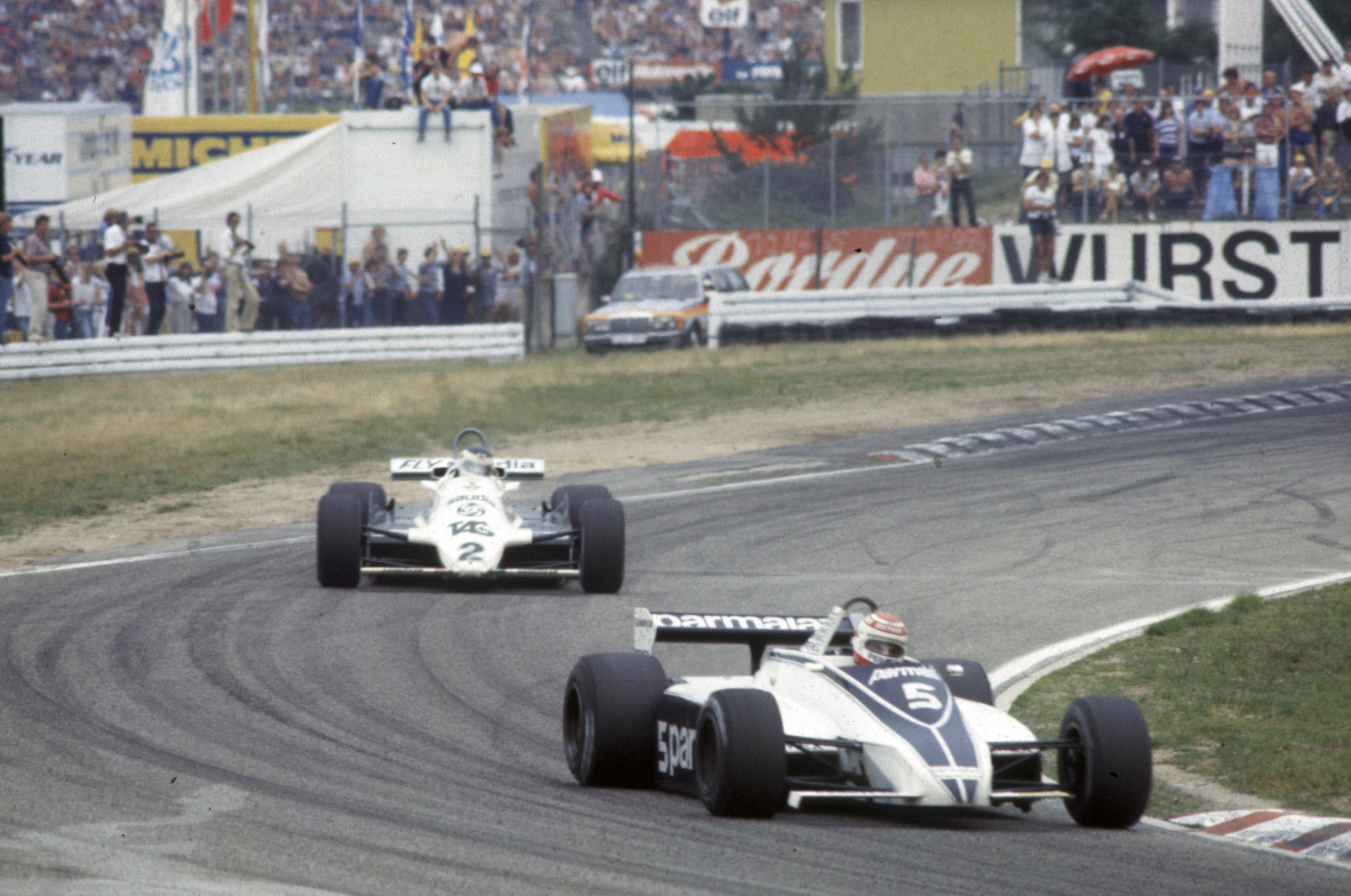
Two years later, Nelson Piquet was the same margin behind Williams driver Carlos Reutemann after crashing out of the British Grand Prix thanks to a tyre failure. He overcame that deficit to clinch the title in the final race of the season at Las Vegas.
The last case of a major turnaround is, like the first one, an extreme situation. In 1982, Keke Rosberg was 16 points Ferrari driver Didier Pironi after the French Grand Prix, only for fate to intervene. Pironi suffered an F1 career ending crash at Hockenheim, meaning he didn’t start the final five races. Rosberg went on to clinch the title by five points, with Pironi holding onto second.
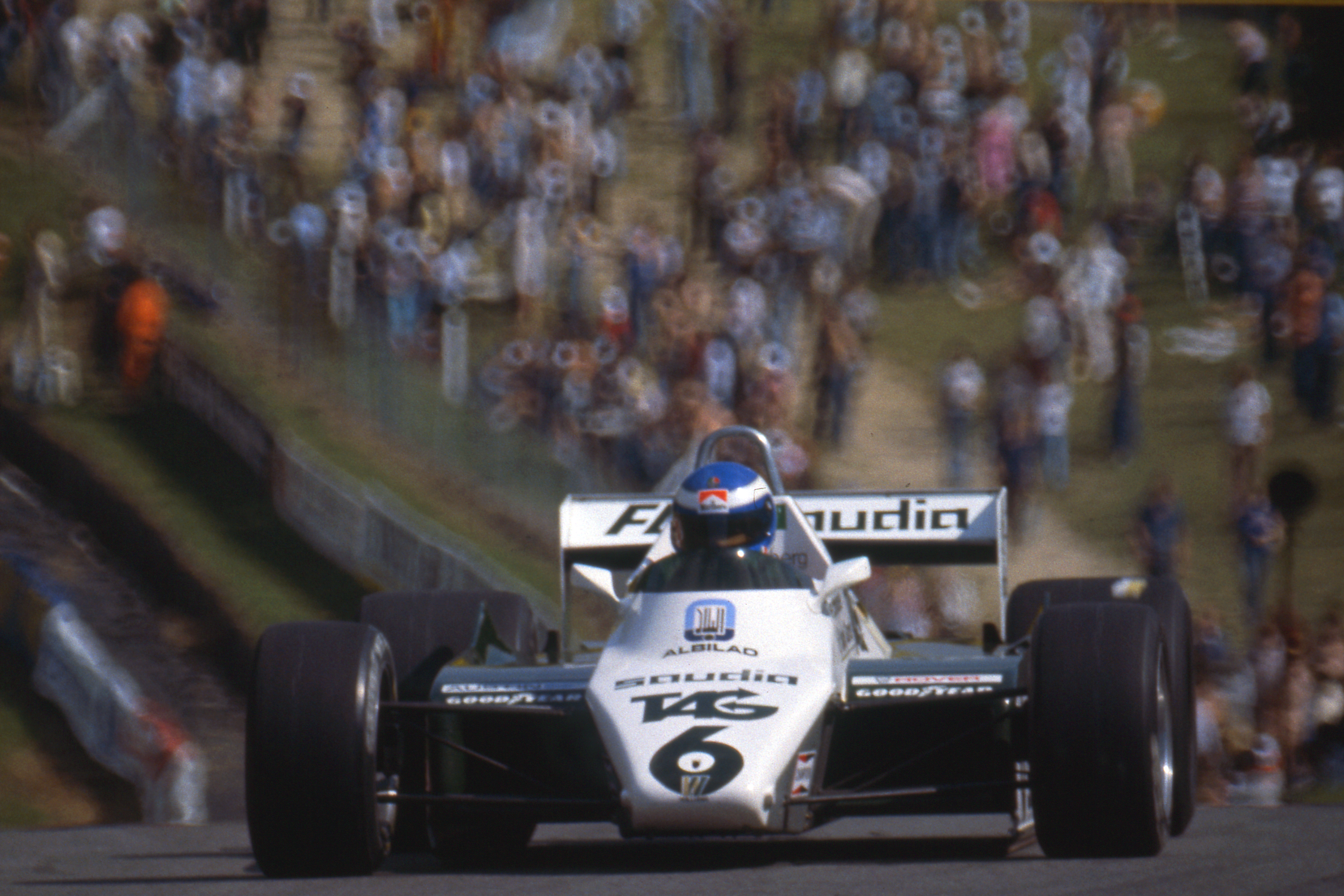
While Bottas can at least draw some of the extra motivation to keep digging deep and stay in the hunt as long as possible from these past cases, none of these reversals exactly match his situation.
With car parity, he needs to reverse the trend of three-and-a-half seasons and show he can consistently defeat Hamilton to have any chance.
But that’s what you have to do in sport – keep finding reasons to fight until it’s all over. And while he’s had some low moments, it’s to Bottas’s credit that he finds the will to keep picking himself up battle on when pitched against one of the greatest drivers in history.




